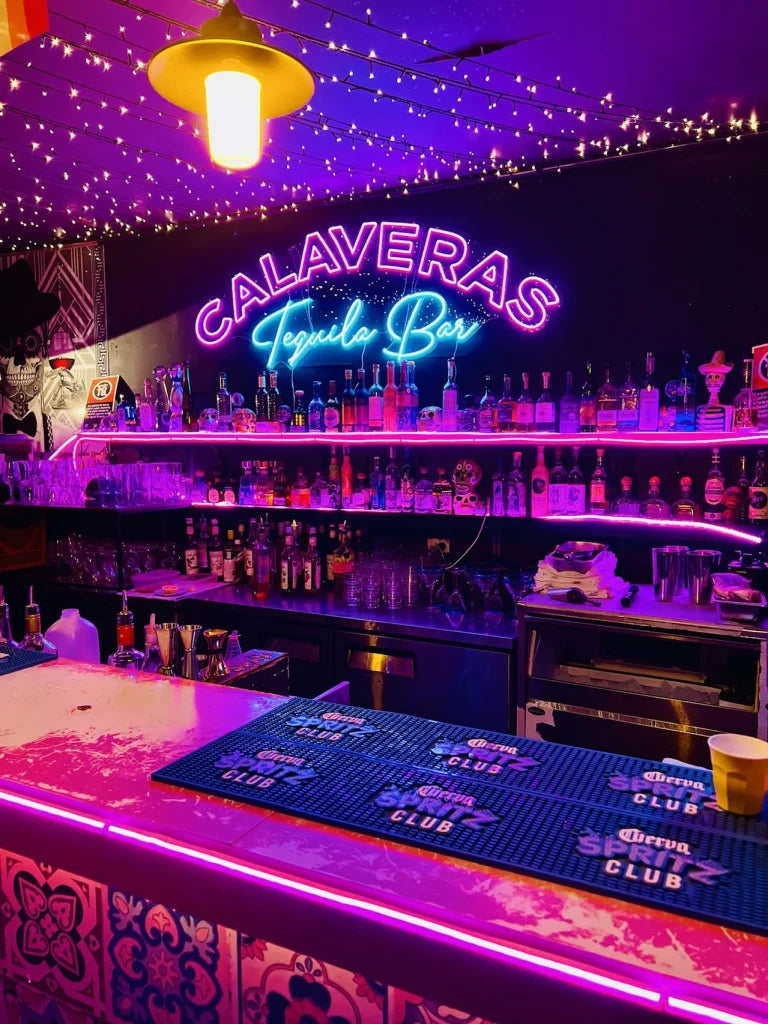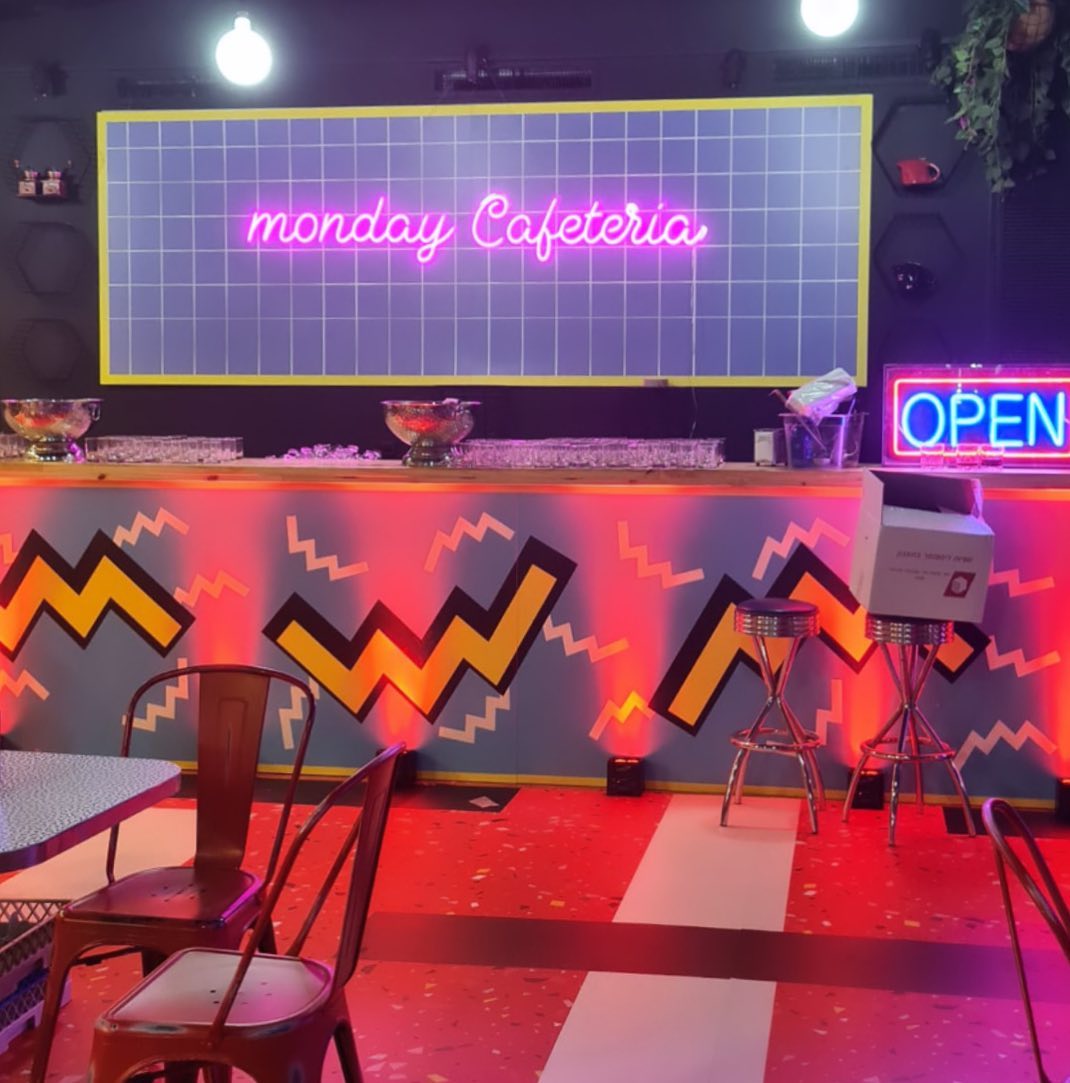In today's competitive business environment, custom signs serve as a crucial component of branding and marketing strategies. They are not only a tool for navigation but also a way to convey a business's identity and values. Effective signage can attract customers, inform them about products or services, and enhance the overall aesthetic of a space. However, designing custom signs requires careful consideration of several key factors.
1. Purpose and Message
The first step in designing a custom sign is to clearly define its purpose. Is the sign meant to attract new customers, provide information, or direct traffic? For example, a sign outside a retail store may aim to draw attention and invite passersby in, while an informational sign inside a facility might aim to guide visitors to specific areas.
The message conveyed by the sign should be clear and concise. A well-defined message ensures that viewers can quickly understand the sign's intent. For instance, a sign reading "50% Off All Items Today!" conveys urgency and attracts customers, while a simple directional sign might read "Restrooms This Way" for easy navigation.
2. Target Audience
Understanding the target audience is essential in the design process. The demographics, preferences, and behaviors of potential customers will influence design choices. For instance, a sign targeting a younger audience might utilize bold colors and modern typography, whereas a sign for a more traditional audience might employ classic fonts and subdued colors.
In addition to aesthetics, consider the language used in the sign. If the business serves a diverse community, incorporating multiple languages can enhance accessibility and inclusivity.
3. Branding and Visual Identity
Custom signs are an extension of a business's brand. Consistency in branding elements such as color, typography, and imagery is crucial. A sign that aligns with the overall visual identity of the brand helps reinforce brand recognition and loyalty.
For example, a coffee shop with a rustic, artisanal vibe might use wooden signs with hand-painted letters, while a tech company might opt for sleek, modern signs with clean lines and a minimalist aesthetic. The materials used can also play a role in conveying the brand's message; eco-friendly materials can enhance a brand's commitment to sustainability.
4. Materials and Durability

The choice of materials significantly impacts the sign's appearance, durability, and cost. Common materials include wood, metal, acrylic, and vinyl. Each material has its own aesthetic appeal and functional characteristics.
-
Wood: Often used for rustic or artisanal businesses, wood can convey warmth and authenticity. However, it may require regular maintenance to withstand weather elements.
-
Metal: Durable and modern, metal custom signs are ideal for businesses that want a sleek look. They can be finished in various ways, including brushed, polished, or painted.
-
Acrylic: Lightweight and versatile, acrylic signs can mimic the look of glass while being more durable and shatter-resistant.
-
Vinyl: Cost-effective and easy to apply, vinyl graphics are perfect for temporary signs or promotions. They can be printed in a variety of colors and designs but may not be as durable as other materials.
5. Size and Visibility
The size of the sign is critical for ensuring visibility. A sign should be large enough to be seen from a distance but not so large that it overwhelms the surrounding environment. Factors such as the location of the sign, the speed of passing traffic, and the viewer's line of sight must all be considered.
Additionally, custom signs should be designed with readability in mind. The font size and style should be legible from the intended viewing distance. Generally, the larger the sign, the larger the text needs to be to maintain visibility.
6. Lighting and Placement
The effectiveness of a sign is also influenced by its placement and lighting. Signs should be positioned where they are easily visible to passersby, whether on foot or in vehicles. Understanding the flow of traffic around the business can help determine the optimal placement for maximum exposure.
Proper lighting can enhance a sign's visibility, especially during nighttime. Illuminated signs can attract attention after dark, making them an essential consideration for businesses that operate late hours. Various lighting options, including backlit, front-lit, and neon, can be explored based on the desired aesthetic and function.
7. Local Regulations and Permits
Before finalizing a custom signs design, it is crucial to research local regulations and obtain any necessary permits. Many cities and towns have specific zoning laws governing signage, including size restrictions, materials, and placement. Failure to comply with these regulations can result in fines or the requirement to remove the sign.
Consulting with local authorities or a signage professional can help navigate these regulations. Understanding the legal landscape can save time and resources in the long run.
8. Cost and Budget
Budgeting for custom signs is an important consideration. Costs can vary widely based on the materials, size, complexity of the design, and installation requirements. Establishing a clear budget before starting the design process can help guide decisions and prevent overspending.
It’s also wise to consider the long-term value of the sign. Investing in high-quality materials and design can lead to a more durable and effective sign, ultimately providing better returns on investment.
9. Installation Considerations
The installation of custom signs should be carefully planned. Some signs may require professional installation, particularly those that are large, heavy, or illuminated. Ensuring proper installation is critical for safety and effectiveness.
Understanding the location’s infrastructure is also important. For example, outdoor signs may need to be securely anchored to withstand wind and weather conditions. Indoor signs may require different mounting methods depending on the surface.
10. Maintenance and Longevity
Regular maintenance is essential for preserving the appearance and functionality of custom signs. Signs exposed to outdoor elements may require cleaning, repainting, or repairs over time. Businesses should establish a maintenance plan to ensure that signs remain in good condition and continue to convey the desired message.
Conclusion
Designing custom signs for businesses involves a careful blend of creativity, practicality, and strategic thinking. By considering the purpose and message, target audience, branding elements, materials, size, visibility, placement, regulations, budget, installation, and maintenance, businesses can create effective signs that enhance their visibility and support their overall branding goals.




